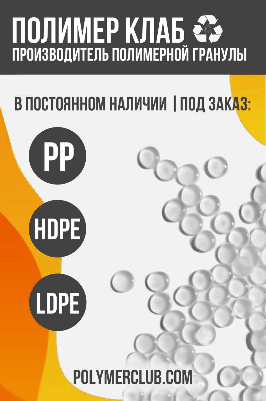PolyPLASTY s.r.o.
Hradecka 315
http://www.polyplasty.cz
+420 491841358
Casting weight: up to 200 kg Colouring: min. 100 kg (black, gray, red, yellow, blue, green) Modification: min. 100 kg (oil, Desmodur, graphite, Molyka, rubber) Plates: ≠ 8-100 mm in the dimension of 1000×2000 mm ≠ 110 to 160 mm in the dimension of 1000×1000 mm Pressure rods: diameter 30 to 100 mm, 1000 mm long Cast rods: diameter 110-710 mm, 1000 mm long Tubes: outer diameter 60-510 mm, 1000 mm long Rings: outer diameter 150 mm – 500 mm, 200-400 mm long Polyamide – machined parts According to the drawing documentation we are able to make the products in our own machining shop, which is equipped with both conventional and CNC machines. PRODUCT TERMINOLOGY CAST ROD – product of circular or cylindrical cross section made by static casting in a mold at atmospheric pressure. PRESSURE ROD – product of circular cross section of defined length made by polymerization in a mold under pressure. PIPE – hollow rod having a defined inner and outer diameter and length. PANEL – product in shape of a flat rectangular prism having a defined thickness, width and length. PRISM – product of square or rectangular cross-section with defined dimensions. SHAPE CASTING – cast product usually made according to drawing documentation, intended for further processing. COMPLETE WORKPIECE – the finished product for direct use, or including accessories (eg. bearings, arbors, etc.). Processing Alkaline polyamide JARID can be easily machined on standard metalworking machines provided the tools are well-sharpened. When chip machining the products made from JARID it is necessary to observe the following instructions: Maturing: A cast JARID semi-finished product should not be machined sooner than 6 weeks after its casting. The environment with higher humidity helps to reach equilibrium water content, because the cast is virtually dry. By letting the casting mature residual stresses which occur mainly in solid blocks are reduced. Board cutting: It is recommended to use a circular saw with carbide-tipped blade, RPM up to 900, feed rate to 500 mm.min-1 (these are approximate values only), cooling using emulsion. Milling: It is recommended to use the speed steel cutter head, maximum RPM up to 2000 / feed rate up to 450 mm.min-1 or 0.5 mm / tooth (approximate values), both depending on the tool diameter and the required roughness of the surface; disproportionate peripheral speeds and feed rates lead to undesirable melting of the chips, which can be eliminated by using a cooling liquid. Rec. clearance angle α = 10 – 20 °, rake angle g = 5-15 °. Turning: For roughing it is recommended to use a cutting edge with a groove (chip breaker) for a smooth chip ejection, RPM 1200-2000 / feed rate max. 600 mm.min-1 (approximate value), both depending on the tool diameter and the required surface roughness; disproportionate peripheral speeds and feed rates lead to undesirable melting of the chips, which can be eliminated by using a cooling liquid. Recommended blade geometry: clearance angle α = 10 – 20 °, rake angle g = 5-15 °. When turning tubular products from solid blocks it is recommended to machine the shape coarsely with larger additions first, and only after 24 hours of maturing to do the finishing machining (outer shape). Predrilling of holes: For apertures of ø10 mm or larger it is recommended to use only hand feed drilling machines and lubrication oils J4 or J5. If you need to create a through-hole, it is advised to drill the block (of Ø150 mm or larger) on both sides with the drill of ø15 – 20 mm to a depth of 30 mm and let the block mature for at least 24 hours. Rec. geometry of the drill: clearance angle α = 10-20 °, rake angle g = 5-15 °, dril point angle j = 90, helix angle must be about 12-16 °. Reaming: It is recommended to ream premachined holes after 24 hours´ maturing and to use a manual feed reamer and machine oil lubrication.



